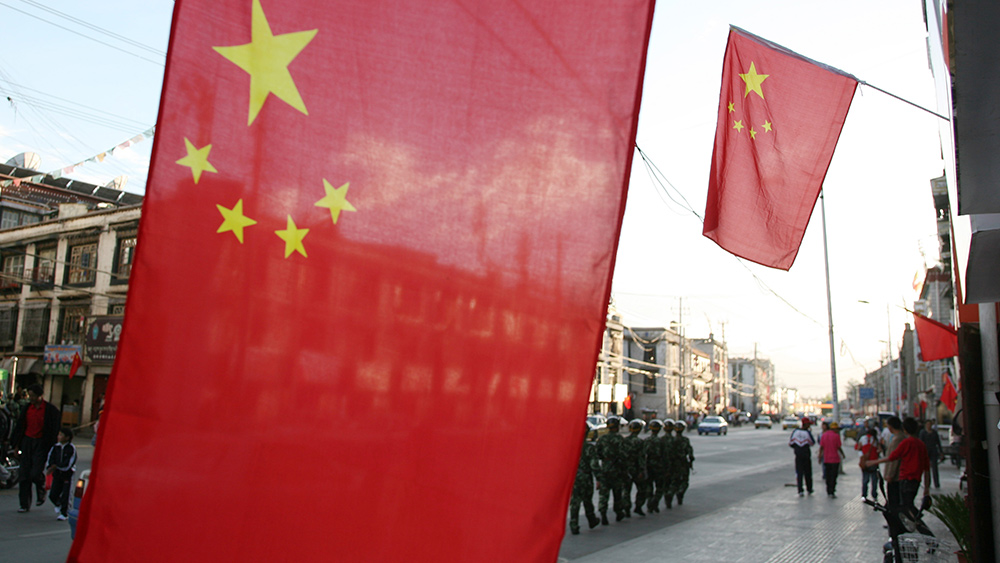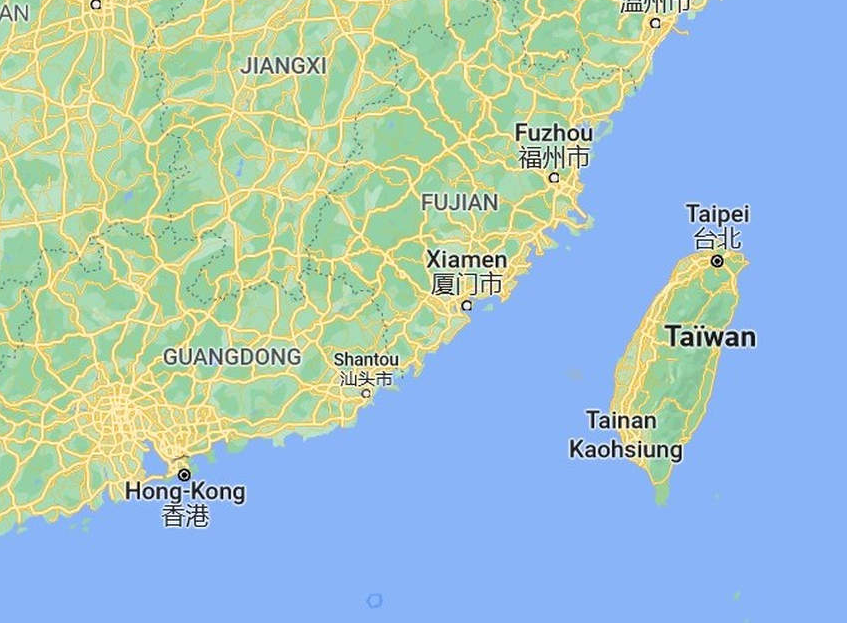
Rocket's re-entry could be destructive
Jonathan McDowell, an astronomer at the Harvard-Smithsonian Center for Astrophysics, opined that the core stage's re-entry could be destructive. He noted that the last time China launched a Long March 5B rocket, long rods of metal showered the sky and damaged several buildings on Ivory Coast in Africa. "Most of it burned up, but there were these enormous pieces of metal that hit the ground. We are very lucky no one was hurt," McDowell told The Guardian. Earlier this week, McDowell said that the rocket's body would re-enter the atmosphere in an "uncontrolled" manner. Its path would take it to a latitude approximately level with New York, Madrid and as far south as southern Chile and New Zealand, SpaceNews reported. After burning up in the atmosphere, the surviving debris of the space junk could land anywhere in this range, though the debris could also fall into the ocean and on other uninhabited areas. McDowell said that China should have enhanced the rocket to perform a controlled de-orbit. He noted that the rocket is seven times more massive than the 4.5-ton upper body of SpaceX's Falcon 9 rocket that burned up above Washington last March. Pieces of the space junk streaked across the night sky like a meteor shower after an uncontrolled re-entry. There were no reports of injuries but some chunks might have reached the ground on the Rocky Mountains near the U.S.-Canada border. (Related: Biggest piece of ISS space junk will tumble down to Earth in a few years.) "I think by current standards it's unacceptable to let [the core stage] re-enter uncontrolled," he told SpaceNews. A Chinese commander said last month that Tianhe's rocket went through upgrades, but apparently, the capacity for a de-orbit maneuver was not accounted for.China to launch more rockets into space
The Tianhe launch is just the first of 11 missions needed to complete China's Tiangong Space Station, which the country aims to complete by the end of 2022. Over the course of two years, China will send two other core modules, four manned spacecraft and four cargo spacecraft into space. Once complete, the space station will orbit the Earth at an altitude of 211 to 280 miles and have a mass between 88 to 110 tons, which is roughly one-fifth of the International Space Station's 460 tons. China aims to become a leading space explorer by 2030 to keep up with the likes of the U.S. and the European Union. On top of building the space station, it also ramps up its spacefaring efforts with missions to the moon and Mars. For more articles about space, visit Space.news.Sources include:
DailyMail.co.uk ArsTechnica.com SpaceNews.comJust 20 companies produce more than half the world’s plastic waste
By Divina Ramirez // Share
SICK: John Cena GROVELS to the Chinese for mistakenly calling Taiwan a ‘country’
By News Editors // Share
Australia gripped by rat plague of biblical proportions
By Virgilio Marin // Share
How to safely hook up a portable generator to your home
By Arsenio Toledo // Share
Fauci flip-flops, now says covid may have come from a Wuhan lab after all
By Ethan Huff // Share
Renault mulls introducing battery-swapping in its electric vehicles
By Franz Walker // Share
Trump announces $1,776 "Warrior Dividend" for military ahead of holiday season
By bellecarter // Share
U.S. approves $11 billion arms package for Taiwan, escalating tensions with China
By bellecarter // Share
Fired educators vow to fight on after Supreme Court rejects vaccine mandate case
By isabelle // Share











